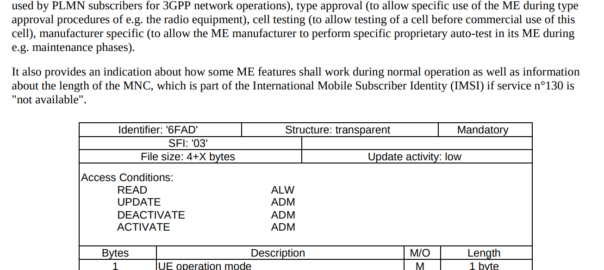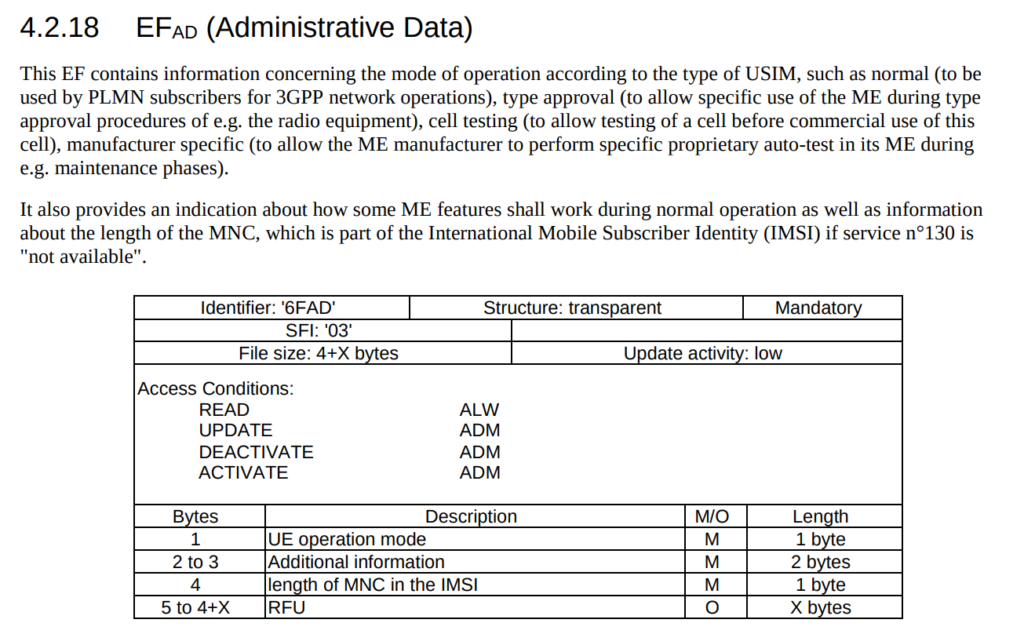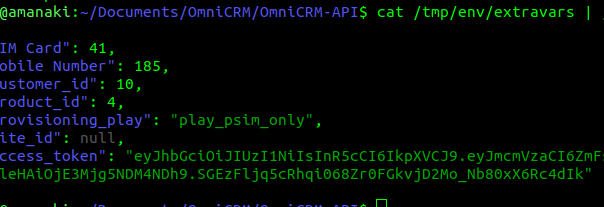Oh boy this has been a pain in the backside with IMS / VoLTE devices using TCP and how they handle the underlying TCP sockets.
A mobile phone from manufacturer A, wants every SIP dialog to be in it’s own TCP session, while a phone from manufacturer B wants a unique TCP session per transaction, while manufacturer C thinks that every SIP message should reuse the same transaction.
So an MT call to manufacturer A, who wants every SIP dialog in it’s own transaction would look something like this:
PCSCF:44738 -> UE:5060; TCP SYN
UE:5060 -> PCSCF:44738; TCP SYN/ACK
PCSCF:44738 -> UE:5060; TCP ACK
--- TCP connection is now open to UE from P-CSCF---
--- Start of new SIP Transaction 1 & Dialog ---
PCSCF:44738 -> UE:5060; TCP PSH - SIP INVITE....
UE:5060 -> PCSCF:44738; TCP ACK
UE:5060 -> PCSCF:44738; TCP PSH - SIP 200....
PCSCF:44738 -> UE:5060; TCP ACK, PSH - SIP ACK....
UE:5060 -> PCSCF:44738; TCP ACK
--- End of SIP Transaction 1 ---
--- Start of SIP Transaction 2 ---
PCSCF:44738 -> UE:5060; TCP PSH - SIP BYE....
UE:5060 -> PCSCF:44738; TCP ACK, PSH - SIP 200....
--- End of SIP Transaction 2 & SIP Dialog ---
PCSCF:44738 -> UE:5060; TCP FIN
UE:5060 -> PCSCF:44738; TCP ACK
--- End of TCP Connection ---
Where UE:5060 – is the IP & port of the UE, as advertised in the Contact: header, while PCSCF:44738 is the PCSCF IP and a random TCP port used for this connection.
But for manufacturer B, who wants a unique TCP session per transaction, they want it to look like this:
PCSCF:44738 -> UE:5060; TCP SYN
UE:5060 -> PCSCF:44738; TCP SYN/ACK
PCSCF:44738 -> UE:5060; TCP ACK
--- TCP connection is now open to UE from P-CSCF---
--- Start of new SIP Transaction 1 & Dialog ---
PCSCF:44738 -> UE:5060; TCP PSH - SIP INVITE....
UE:5060 -> PCSCF:44738; TCP ACK
UE:5060 -> PCSCF:44738; TCP PSH - SIP 200....
PCSCF:44738 -> UE:5060; TCP ACK, PSH - SIP ACK....
UE:5060 -> PCSCF:44738; TCP ACK
PCSCF:44738 -> UE:5060; TCP FIN
UE:5060 -> PCSCF:44738; TCP ACK
--- End of SIP Transaction 1 & TCP Session 1 ---
--- Start of TCP Session 2 ----
PCSCF:32627 -> UE:5060; TCP SYN
UE:5060 -> PCSCF:32627; TCP SYN/ACK
PCSCF:32627 -> UE:5060; TCP ACK
--- Start of SIP Transaction 2 ---
PCSCF:32627 -> UE:5060; TCP PSH - SIP BYE....
UE:5060 -> PCSCF:32627; TCP ACK, PSH - SIP 200....
--- End of SIP Transaction 2 & SIP Dialog ---
PCSCF:32627 -> UE:5060; TCP FIN
UE:5060 -> PCSCF:32627; TCP ACK
--- End of TCP Connection 2 ---
And then manufacturer C wants just the one TCP session to be used for everything, so they open the TCP connection when they register, and that’s all we use for everything.
Is there any logic to this? Nope, seems to be tied to the underlying chipset (Qualcomm vs Mediatek vs Unisoc) and the SIP stack used (Qualcomm, MTK, Unisoc, Samsung, Apple).
We’ve profiled devices into one of 3 behaviors, and then we tag them based on user agent as to what “persona” they demand from the network.
I can’t believe I’m still talking about VoLTE / IMS handset support and it’s almost 2025…. For context IMS was “standardized” 17 years ago.





